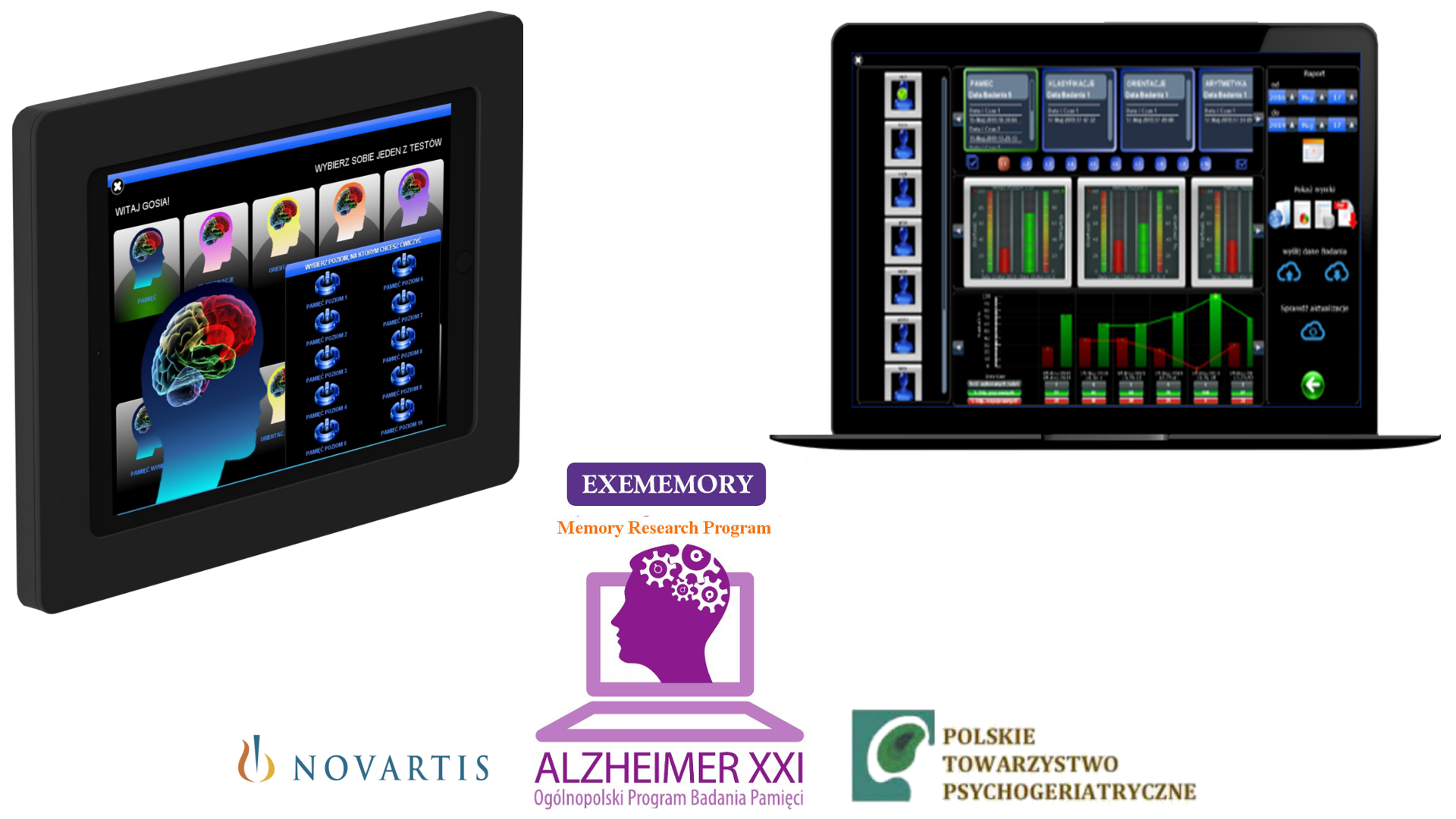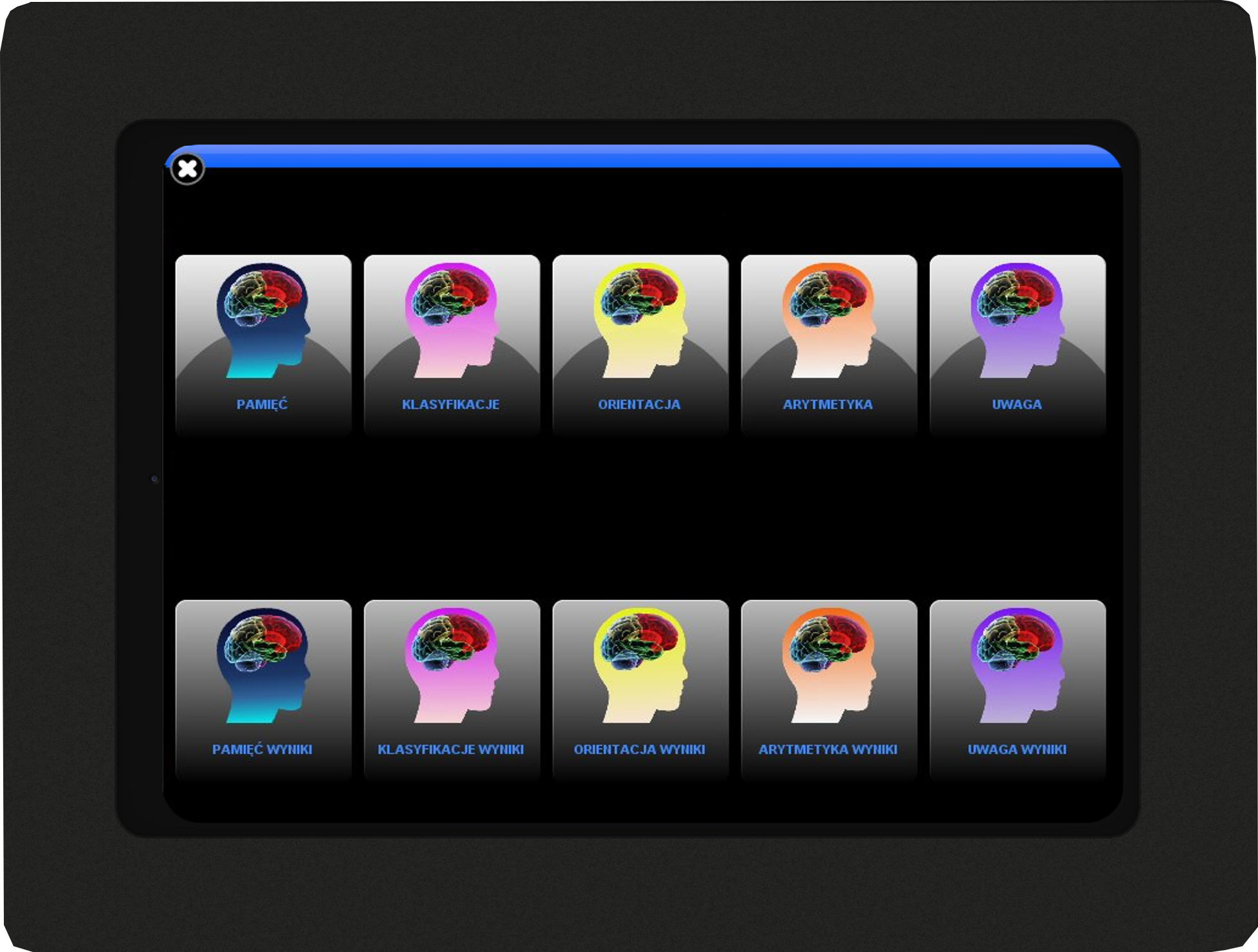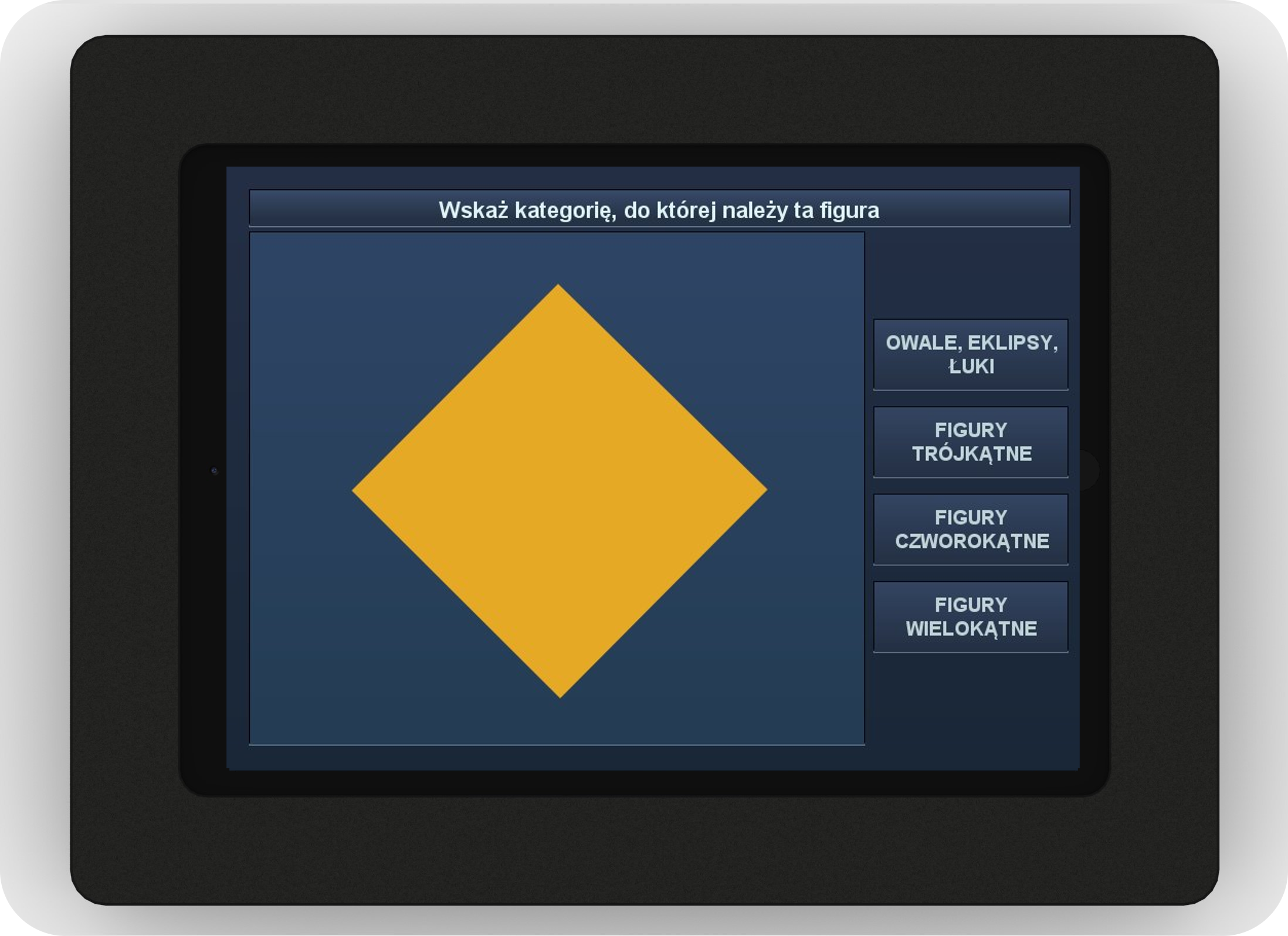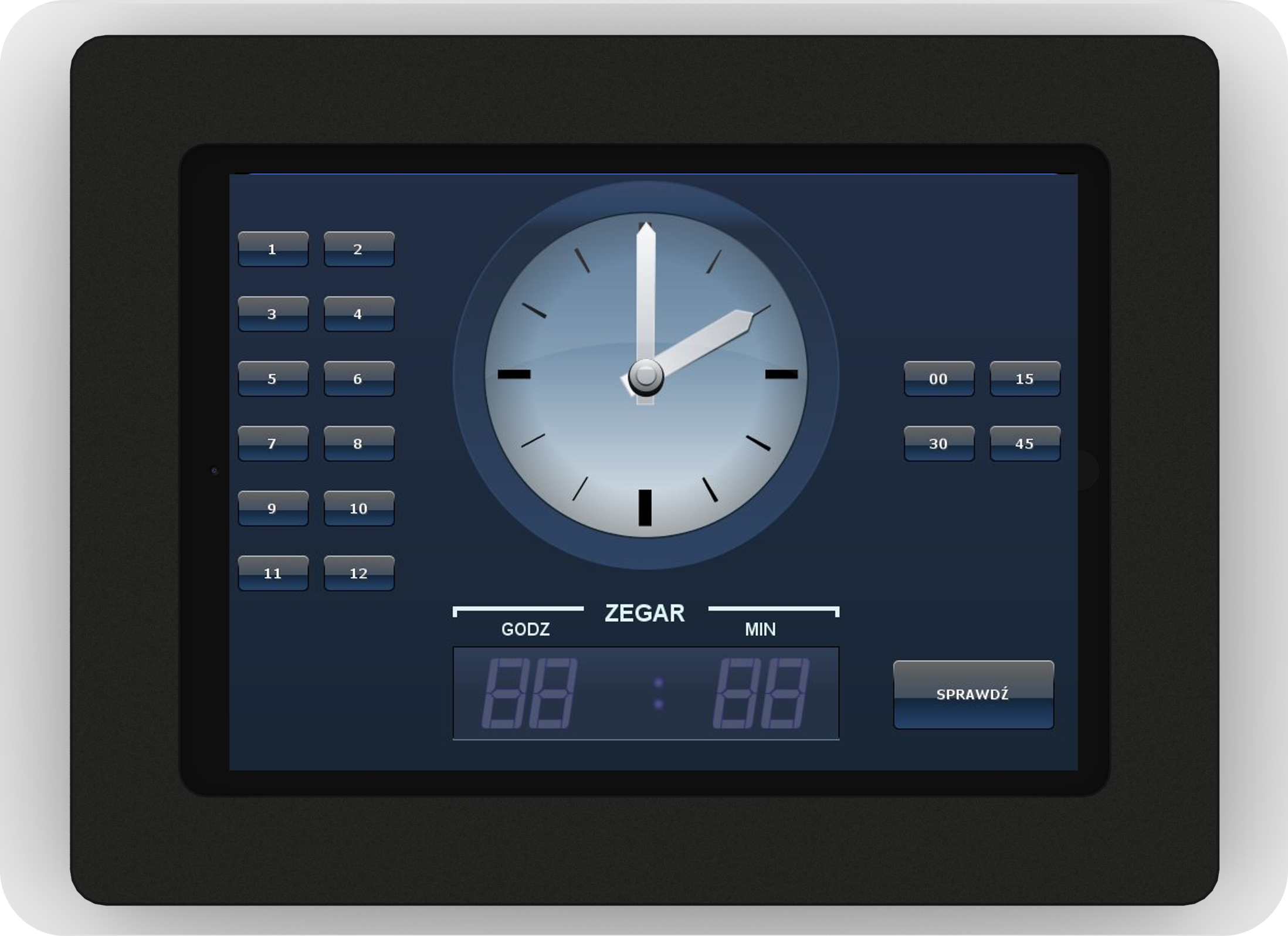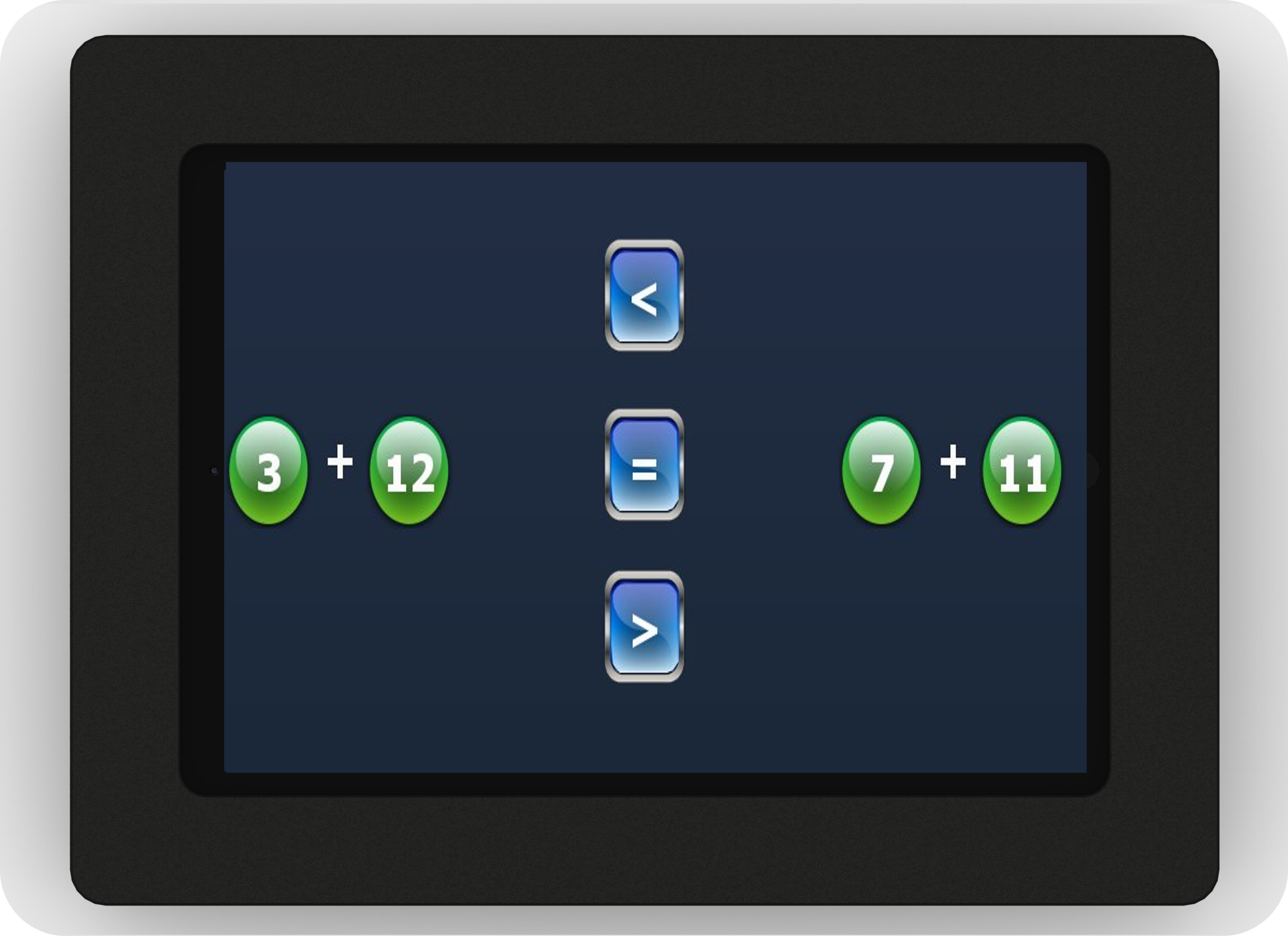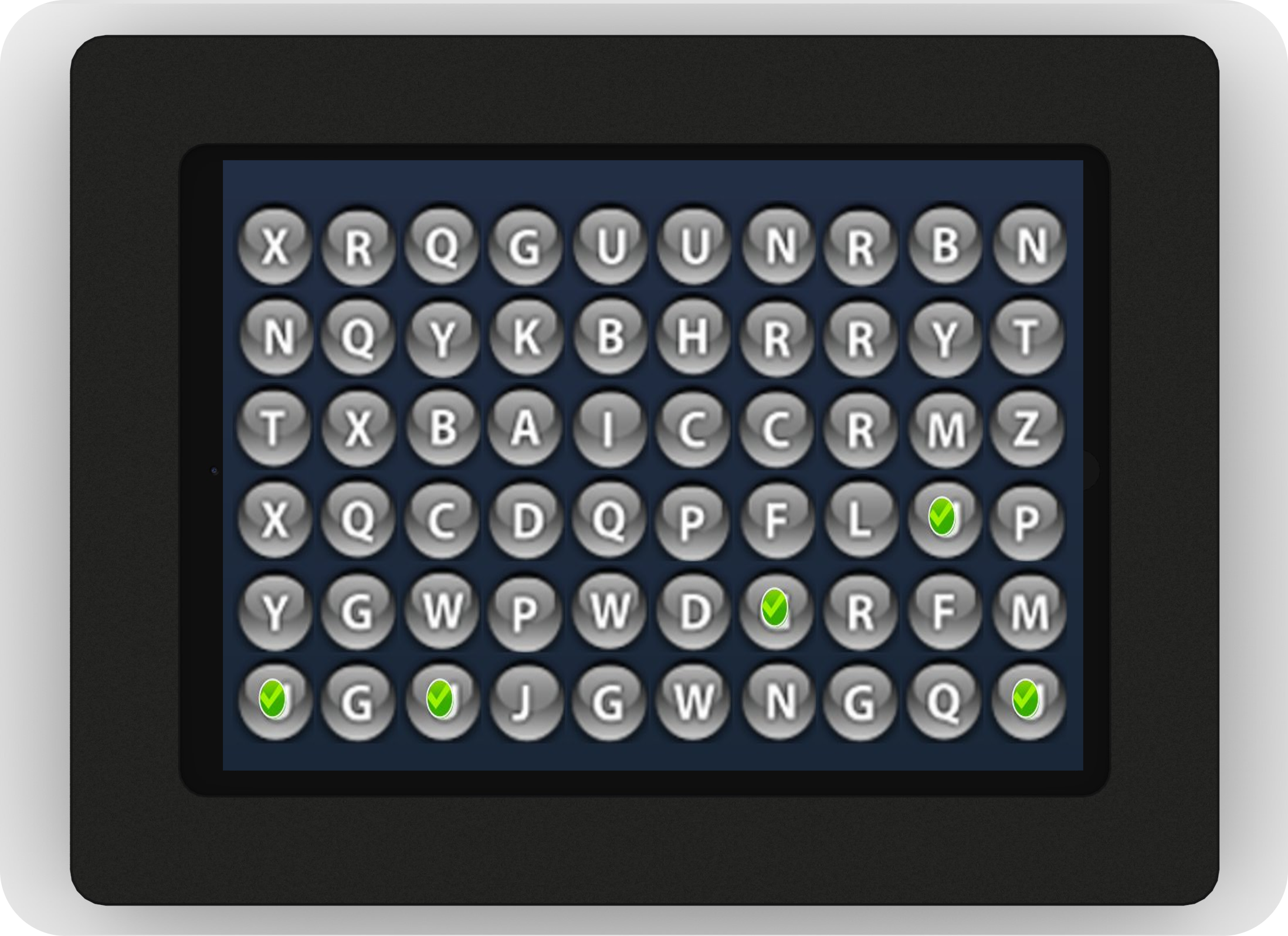Introduction
Selftrain helps in the identification and management of memory problems as well as other disorders affecting cognitive function.
Each module has 10 levels of difficulty, thanks to which it is possible to select and adjust the degree of
difficulty of tasks to the individual cognitive abilities of the user. The value of the program is the careful
selection of tasks related to the activities of everyday life, the clarity of instructions, as well as graphic
and aesthetic values. It is an accurate response to the needs of people with cognitive impairment and their
caregivers for tools that provide specific methods and ideas for neuropsychological rehabilitation.
The program is distinguished by innovation and attractiveness. The program enable the percentage and graphic
registration of the obtained results, and thus the possibility of monitoring them and observing the dynamics
of changes in the cognitive functioning of patients
Cognitive domians with neuro-psychological tests that appear in SelfTrain are
Training flow:
Each module training exercise consists of 10 different levels and the difficulty exercise increases as the participant advances to the next higher level.
Module Training duration:
Approx. 5 min
Response Mode:
The task is administered via the computer screen, and subject responses are through the use of the mouse or touch screen.
Psychological measure / Output variables:
-
correct responses
-
incorrect responses
-
total number of trials
-
Threshold potential
